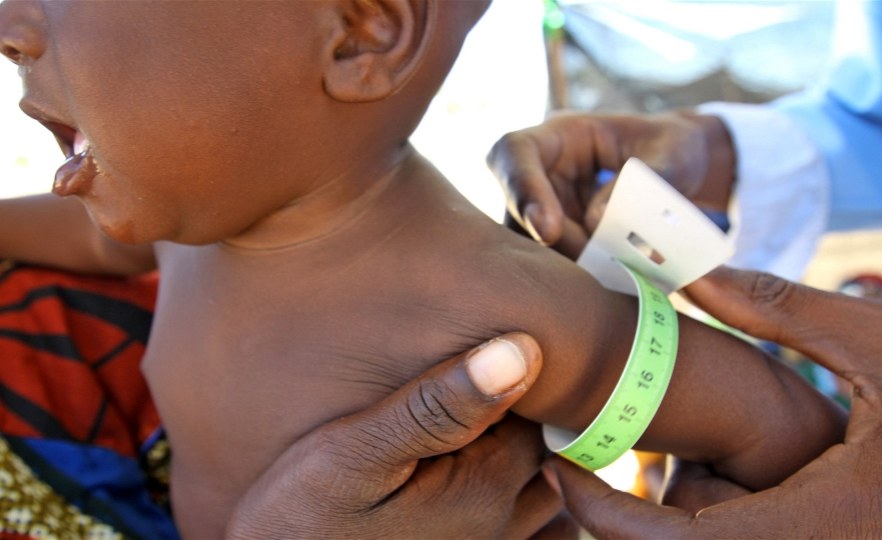
BY LORRAINE MUROMO ABOUT 650 000 Zimbabwean children under five years are malnourished, while 35% of women aged 15 to 49 are overweight or obese, according to USAID’s recent nutrition demographic survey in Zimbabwe.
Experts, however, say the country is making good progress in eradicating malnutrition.
In order to end hunger and malnutrition, the Zimbabwe Resilience Building Fund (ZRBF) has, meanwhile, been empowering communities in Mudzi district, Mashonaland East province through climate resilient farming projects.
ZRBF lead farmer Mercy Ndemera from Shinga ward 14 in Mudzi district said: “We thank the ZRBF project for bringing change in our community. We have been introduced to Nutrition Action Zimbabwe and formed groups that have assisted us to enhance our diets.”
Another farmer Catherine Chida said: “We are learning to produce food with sufficient nutrients and how to capitalise on small grains and to rear goats and chickens. We now have a balanced diet as we can afford to eat eggs, meat, peanut butter and vegetables. We no longer struggle with food.”
Nutrition Action Zimbabwe social behaviour change communication officer Belinda Nganga said: “Communities have now grasped the concept of small grain farming and cases of malnutrition have gone down as children now have access to the four-star diet.
“Women of child bearing age now know that they are supposed to eat nutritious foods so that they can be able to produce adequate milk for their infants.”
The UNDP ZRBF programme has been promoting the adoption of traditional grains such as millet and sorghum. Close to 91% ZRBF beneficiaries are food self-sufficient due to growing of small grains.
- Chamisa under fire over US$120K donation
- Mavhunga puts DeMbare into Chibuku quarterfinals
- Pension funds bet on Cabora Bassa oilfields
- Councils defy govt fire tender directive
Keep Reading
- Follow Lorraine on Twitter @RMuromo










